Five Major Measurement Characteristics of Optical Measuring Systems
Optical measurement systems use optical principles to measure parameters such as size, shape, and surface roughness of objects. This technology has wide applications in modern industrial production, scientific research and other fields.
Optical measurement systems usually include components such as light sources, objects, optical lenses, industrial cameras, and image processing units. After the light generated by the light source irradiates the surface of the object, it is received by the industrial camera and converted into electrical signals, and then processed and analyzed by the image processing unit, and finally the size, shape and other data of the object are obtained.

A high-quality optical measurement system must have five major measurement characteristics, including accuracy, reliability, repeatability, sensitivity and resolution.
1. Accuracy: Accuracy is one of the most basic and important characteristics of a measurement system. It refers to the closeness between the measurement results and the true value of the physical quantity being measured. A highly accurate measurement system can provide accurate data to help users better understand the object being measured.
2. Reliability: Reliability refers to the ability of a measurement system to produce consistent results under the same conditions. A reliable measurement system should be able to work stably and provide similar measurement results at different times and environments. Reliability is a key characteristic of a measurement system in long-term use, which reflects the stability and credibility of the system.
3. Repeatability: Repeatability is an important characteristic of a measurement system. It refers to the ability of a measurement system to produce similar results in multiple measurements under the same conditions. Repeatability reflects the stability and consistency of the measurement system and is very important for scientific research and engineering applications.
4. Sensitivity: Sensitivity refers to the measurement system’s ability to perceive changes in the physical quantity being measured. A highly sensitive measurement system is able to detect small changes and provide corresponding measurement results. Sensitivity is related to the resolution ability and noise suppression capability of the measurement system, and has an important impact on the effectiveness and application range of the measurement system.
5. Resolution: Resolution refers to the smallest scale that the measurement system can distinguish and display. It reflects the ability of the measurement system to detect subtle changes in the physical quantity being measured.
In summary, the five measurement characteristics of the measurement system are very important for a high-quality measurement system. These characteristics are interrelated and influence each other, and together determine the performance and reliability of the measurement system. Only when these characteristics are met, can we obtain accurate, reliable, stable and high-precision measurement results, thereby providing reliable data support for industrial visual inspection.
Product recommendation
TECHNICAL SOLUTION
MORE+You may also be interested in the following information
FREE CONSULTING SERVICE
Let’s help you to find the right solution for your project!


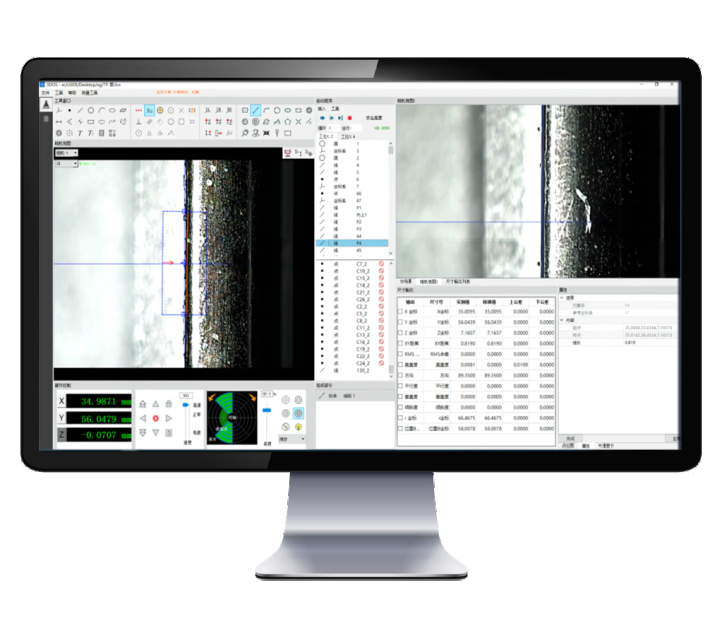
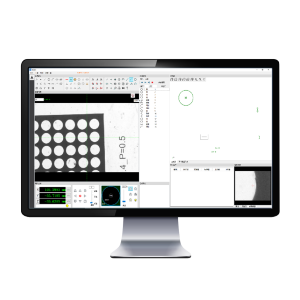
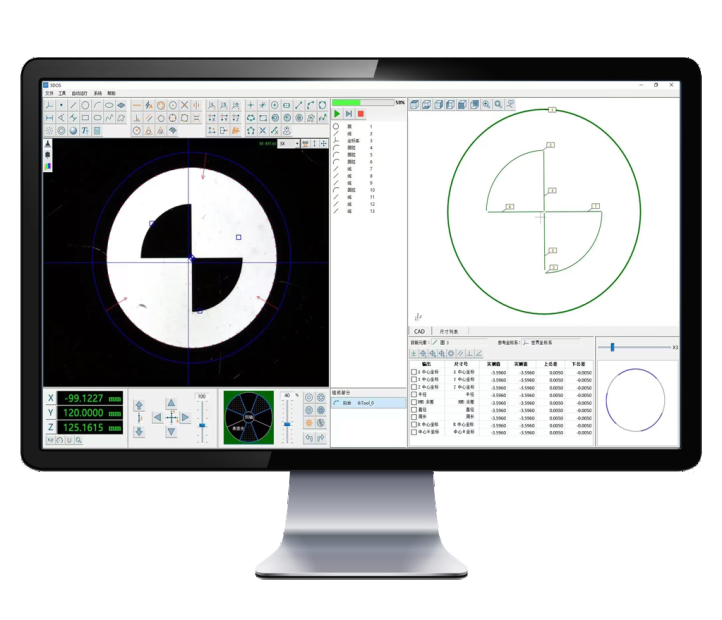
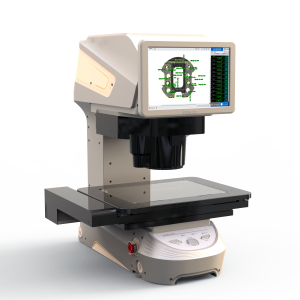
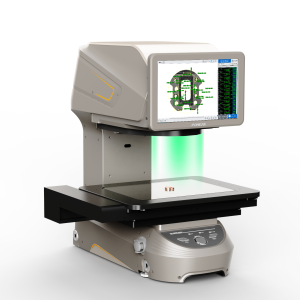
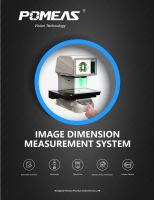
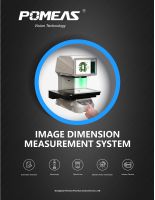


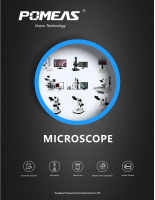
 ASK POMEAS
ASK POMEAS  PRICE INQUIRY
PRICE INQUIRY  REQUEST DEMO/TEST
REQUEST DEMO/TEST  FREE TRIAL UNIT
FREE TRIAL UNIT  ACCURATE SELECTION
ACCURATE SELECTION  ADDRESS
ADDRESS Tel:+ 86-0769-2266 0867
Tel:+ 86-0769-2266 0867 Fax:+ 86-0769-2266 0867
Fax:+ 86-0769-2266 0867 E-mail:marketing@pomeas.com
E-mail:marketing@pomeas.com
